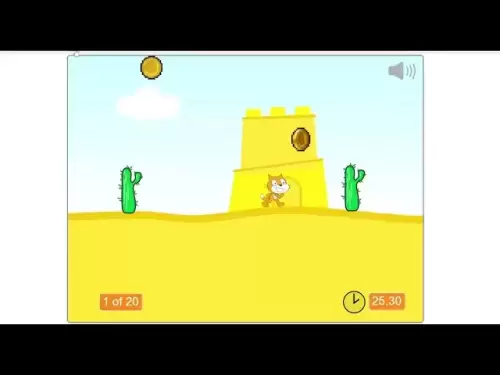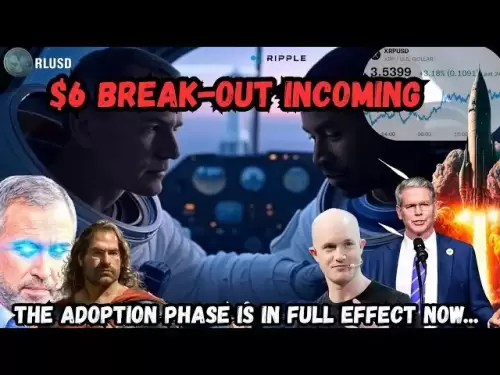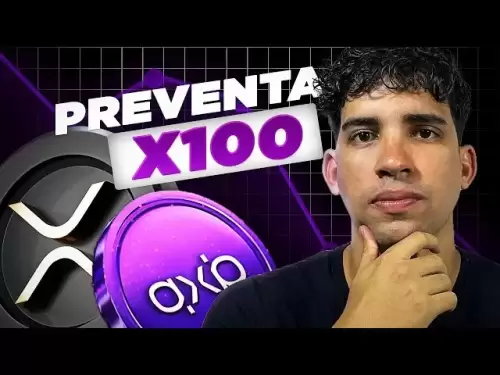-
 Bitcoin
Bitcoin $118100
0.44% -
 Ethereum
Ethereum $3765
5.84% -
 XRP
XRP $3.498
3.12% -
 Tether USDt
Tether USDt $1.000
0.00% -
 BNB
BNB $753.2
3.41% -
 Solana
Solana $181.7
3.58% -
 USDC
USDC $0.9999
0.01% -
 Dogecoin
Dogecoin $0.2704
12.75% -
 Cardano
Cardano $0.8684
5.85% -
 TRON
TRON $0.3151
-0.86% -
 Hyperliquid
Hyperliquid $46.06
4.51% -
 Stellar
Stellar $0.4695
2.48% -
 Sui
Sui $3.910
3.18% -
 Chainlink
Chainlink $19.36
6.65% -
 Hedera
Hedera $0.2750
3.99% -
 Bitcoin Cash
Bitcoin Cash $544.6
6.31% -
 Avalanche
Avalanche $25.12
3.69% -
 Shiba Inu
Shiba Inu $0.00001559
5.40% -
 Litecoin
Litecoin $116.8
5.10% -
 UNUS SED LEO
UNUS SED LEO $8.991
0.05% -
 Toncoin
Toncoin $3.283
2.79% -
 Polkadot
Polkadot $4.509
3.97% -
 Uniswap
Uniswap $10.67
6.58% -
 Ethena USDe
Ethena USDe $1.001
-0.01% -
 Monero
Monero $323.2
0.48% -
 Pepe
Pepe $0.00001410
6.37% -
 Bitget Token
Bitget Token $4.964
1.93% -
 Dai
Dai $0.9998
-0.01% -
 Aave
Aave $326.2
3.85% -
 Bittensor
Bittensor $421.8
2.46%
What is open interest and why does it matter?
Open interest in crypto trading shows the total unsettled futures contracts, helping traders gauge liquidity, market sentiment, and trend strength.
Jul 20, 2025 at 10:50 am
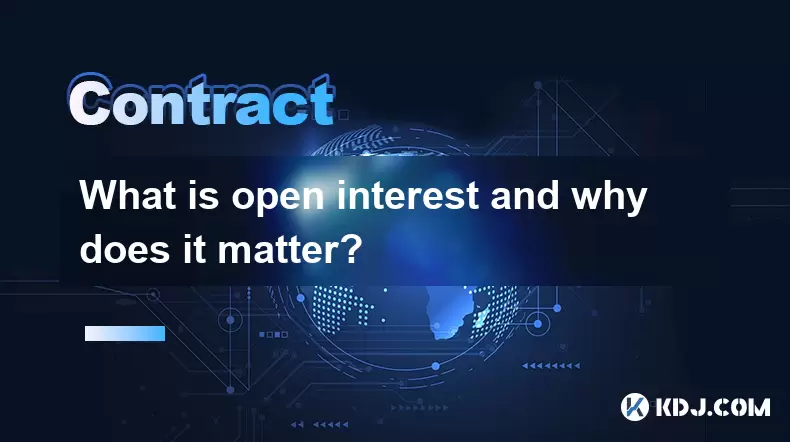
What is Open Interest?
In the world of cryptocurrency trading, open interest refers to the total number of outstanding derivative contracts, such as futures or options, that have not yet been settled. It is a crucial metric for traders and analysts to understand the liquidity and market sentiment around a particular cryptocurrency. Unlike trading volume, which measures the total number of contracts traded in a given period, open interest specifically tracks the number of open or active contracts at any point in time.
When a new futures contract is created, open interest increases by one, and when a contract is settled or closed out, open interest decreases by one. This metric helps traders gauge the flow of money into or out of a specific market, offering insights into whether positions are being opened or closed.
How is Open Interest Calculated?
Calculating open interest is relatively straightforward. Each time a new trade is executed between two parties — one opening a long position and the other opening a short position — open interest increases by one contract. If one of those parties later closes their position by entering into an offsetting trade with a new counterparty, open interest decreases by one.
For example:
- Trader A opens a long position, and Trader B opens a short position → open interest increases by 1
- Trader A closes their position by selling to Trader C → open interest decreases by 1
It's important to note that open interest is not a measure of how many times contracts have been traded, but rather how many contracts remain active. This distinction makes it a more reliable indicator of market participation and commitment.
Why Does Open Interest Matter in Cryptocurrency Markets?
In the volatile world of cryptocurrency, open interest plays a critical role in understanding market dynamics. Here's why it matters:
- Liquidity Indicator: High open interest typically means higher liquidity, which allows traders to enter and exit positions more easily without significantly affecting the price.
- Market Sentiment Analysis: Rising open interest in futures contracts can indicate growing interest in a particular cryptocurrency, whether bullish or bearish.
- Price Confirmation Tool: When open interest rises alongside an uptrend in price, it often confirms the strength of the trend. Conversely, if open interest increases during a downtrend, it may signal strong selling pressure.
By monitoring open interest, traders can gain insights into whether the current price movement is supported by real market participation or is merely a short-term fluctuation.
How to Interpret Open Interest Trends?
Interpreting open interest trends requires understanding the relationship between open interest, price, and volume. Here are some key scenarios:
- Rising Open Interest + Rising Price: This combination typically signals a strong bullish trend, as more traders are opening long positions.
- Rising Open Interest + Falling Price: Indicates growing bearish sentiment, with more traders opening short positions.
- Falling Open Interest + Rising Price: May suggest a potential reversal, as existing short positions are being closed while the price rises.
- Falling Open Interest + Falling Price: Often signals a weakening downtrend, as traders close their positions and reduce exposure.
These interpretations help traders make informed decisions about entering or exiting positions based on the underlying strength of market movements.
Where Can You Find Open Interest Data?
Most major cryptocurrency derivatives exchanges provide open interest data for their futures and options markets. Popular platforms like Binance, Bybit, OKX, and Bitfinex display this information in real-time or near real-time. You can usually find open interest displayed alongside other key metrics such as price, volume, and funding rates.
Additionally, third-party platforms like Coinglass, CryptoCompare, and TradingView aggregate open interest data across multiple exchanges, offering a broader view of market activity. These tools often include visualizations like charts and graphs to help traders analyze trends more effectively.
Open Interest vs. Trading Volume: What’s the Difference?
While both open interest and trading volume are used to assess market activity, they measure different things:
- Trading Volume: Refers to the total number of contracts traded during a specific time period. It tells you how much activity is happening in the market.
- Open Interest: Reflects the total number of open contracts that have not yet been settled. It tells you how much capital is committed to the market.
For example, if two traders open new positions, open interest increases by one, and trading volume increases by one. If those same two traders close their positions, trading volume increases again, but open interest decreases by one.
Understanding the difference between these two metrics allows traders to better interpret market signals and avoid misreading short-term spikes in volume that don’t necessarily reflect long-term commitment.
FAQs
1. Can open interest be manipulated?
While open interest is generally a transparent metric, in less regulated markets or on smaller exchanges, there is potential for manipulation through wash trading or spoofing. However, reputable exchanges with high liquidity and transparent order books make manipulation more difficult.
2. Does open interest apply to spot markets?
No, open interest only applies to derivative markets such as futures and options. Spot markets involve direct ownership of the asset and do not involve contracts, so there is no concept of open positions in the same way.
3. How often is open interest updated?
Most major exchanges update open interest in real-time or at regular intervals (e.g., every few seconds). Third-party analytics platforms may also refresh their data at similar intervals to reflect the most current market conditions.
4. What happens to open interest when a futures contract expires?
When a futures contract reaches its expiration date, all outstanding positions are settled, and open interest for that particular contract drops to zero. Traders who wish to maintain exposure typically roll their positions into the next available contract.
Disclaimer:info@kdj.com
The information provided is not trading advice. kdj.com does not assume any responsibility for any investments made based on the information provided in this article. Cryptocurrencies are highly volatile and it is highly recommended that you invest with caution after thorough research!
If you believe that the content used on this website infringes your copyright, please contact us immediately (info@kdj.com) and we will delete it promptly.
- NFT Performers in Flux: Pudgy Penguins, Courtyard, and the Shifting Sands of the Market
- 2025-07-21 10:30:12
- Dogecoin & Meme Coins in 2025: Hype or Hyper-Growth?
- 2025-07-21 08:30:12
- China, Brain Tech, and Neuralink: A Race to the Future?
- 2025-07-21 09:09:37
- Binance Futures: Bitcoin Shorting Imminent? A Contrarian's Take
- 2025-07-21 09:10:25
- XRP Price Spike: Is This the Cryptocurrency's Big Breakout Moment?
- 2025-07-21 09:15:12
- Meme Coins with 10x Potential: Presale Mode and the Next Big Thing
- 2025-07-21 08:30:12
Related knowledge

What is a maker vs a taker fee?
Jul 19,2025 at 01:14am
Understanding the Basics of Cryptocurrency Exchange FeesIn the world of cryptocurrency trading, maker vs taker fees are a fundamental concept that eve...

How to analyze Bitcoin futures data from CME?
Jul 19,2025 at 05:22pm
Understanding Bitcoin Futures on CMEBitcoin futures on the CME Group (Chicago Mercantile Exchange) represent a regulated financial instrument that all...
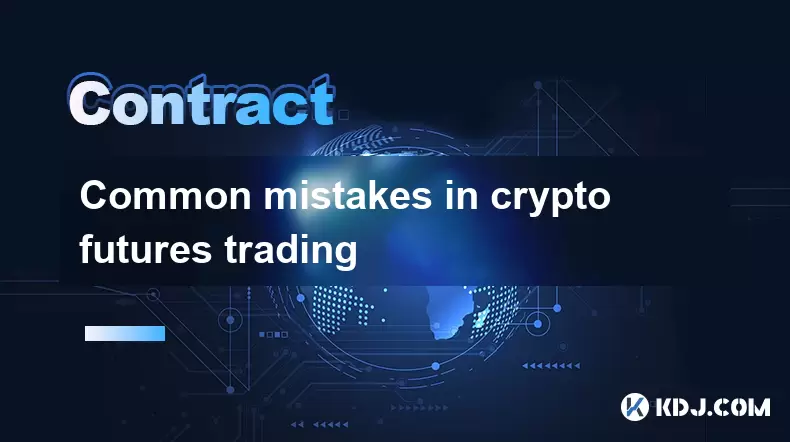
Common mistakes in crypto futures trading
Jul 20,2025 at 09:56pm
Overleveraging Without Risk ManagementOne of the most common mistakes in crypto futures trading is overleveraging. Traders often believe that using hi...

How to understand the liquidation price?
Jul 19,2025 at 10:00pm
What Is a Liquidation Price in Cryptocurrency Trading?In the realm of cryptocurrency futures and margin trading, the liquidation price refers to the s...
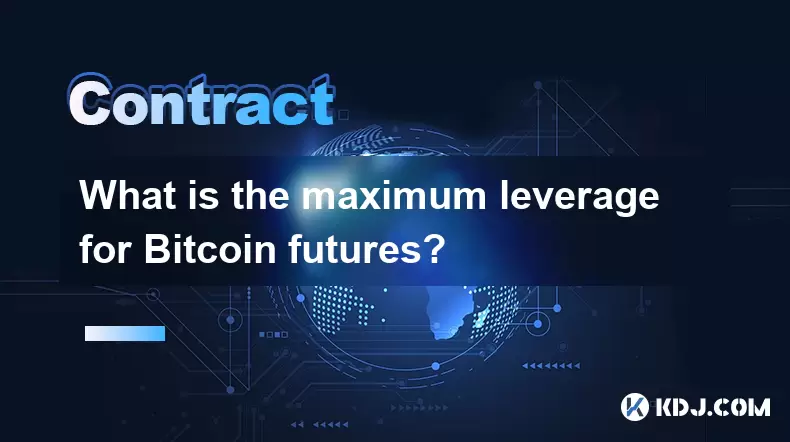
What is the maximum leverage for Bitcoin futures?
Jul 20,2025 at 03:42pm
Understanding Leverage in Bitcoin FuturesLeverage in Bitcoin futures refers to the use of borrowed capital to increase the potential return on investm...
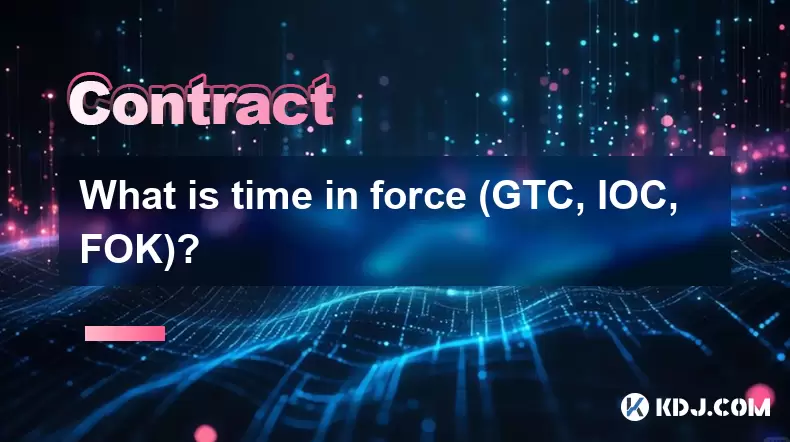
What is time in force (GTC, IOC, FOK)?
Jul 19,2025 at 08:57am
Understanding Time in Force in Cryptocurrency TradingIn the world of cryptocurrency trading, the Time in Force (TIF) is a crucial parameter that deter...

What is a maker vs a taker fee?
Jul 19,2025 at 01:14am
Understanding the Basics of Cryptocurrency Exchange FeesIn the world of cryptocurrency trading, maker vs taker fees are a fundamental concept that eve...

How to analyze Bitcoin futures data from CME?
Jul 19,2025 at 05:22pm
Understanding Bitcoin Futures on CMEBitcoin futures on the CME Group (Chicago Mercantile Exchange) represent a regulated financial instrument that all...

Common mistakes in crypto futures trading
Jul 20,2025 at 09:56pm
Overleveraging Without Risk ManagementOne of the most common mistakes in crypto futures trading is overleveraging. Traders often believe that using hi...

How to understand the liquidation price?
Jul 19,2025 at 10:00pm
What Is a Liquidation Price in Cryptocurrency Trading?In the realm of cryptocurrency futures and margin trading, the liquidation price refers to the s...

What is the maximum leverage for Bitcoin futures?
Jul 20,2025 at 03:42pm
Understanding Leverage in Bitcoin FuturesLeverage in Bitcoin futures refers to the use of borrowed capital to increase the potential return on investm...

What is time in force (GTC, IOC, FOK)?
Jul 19,2025 at 08:57am
Understanding Time in Force in Cryptocurrency TradingIn the world of cryptocurrency trading, the Time in Force (TIF) is a crucial parameter that deter...
See all articles





















